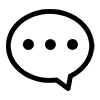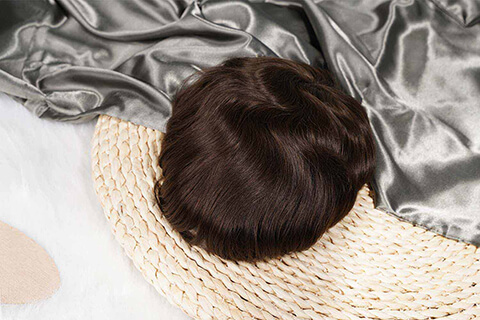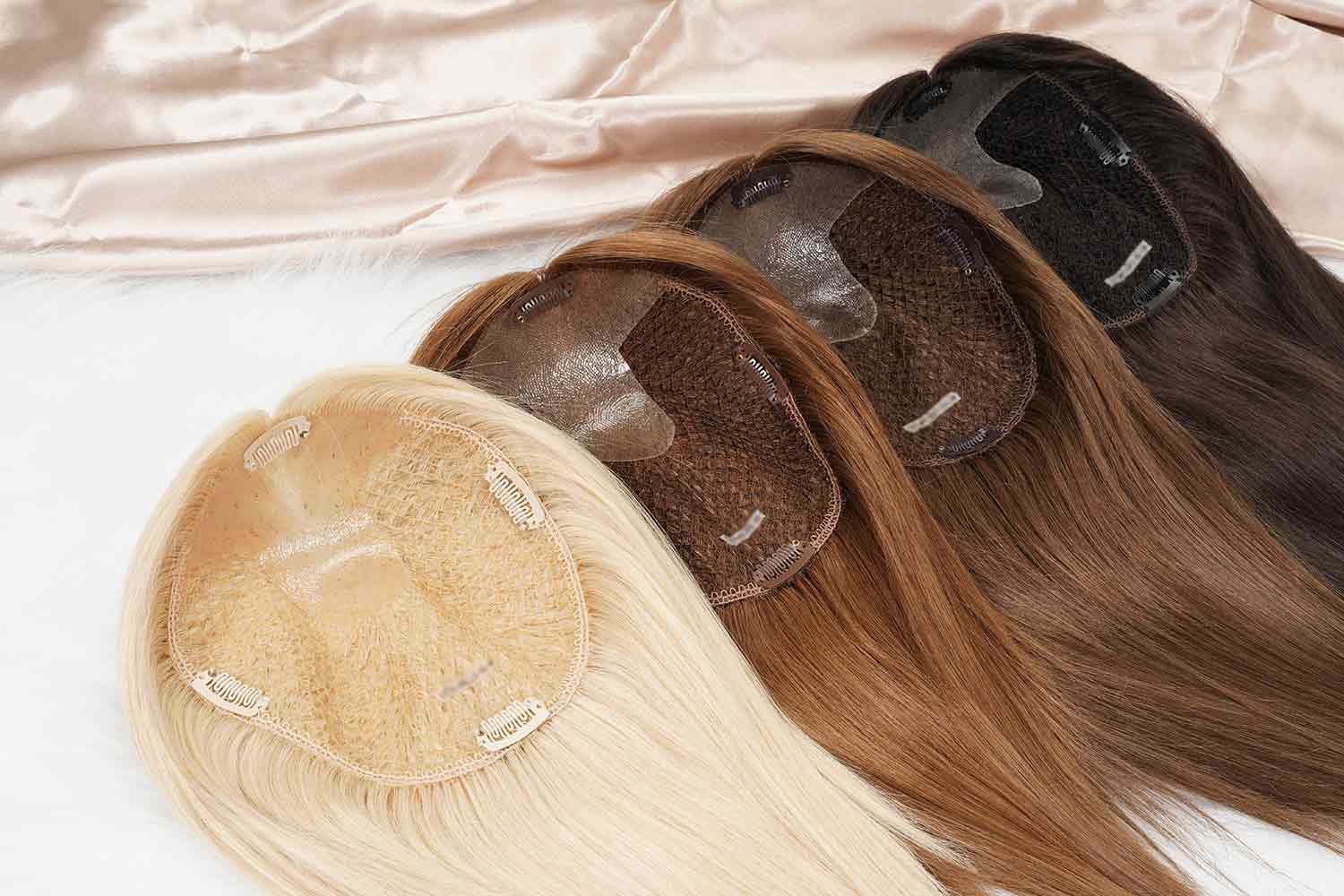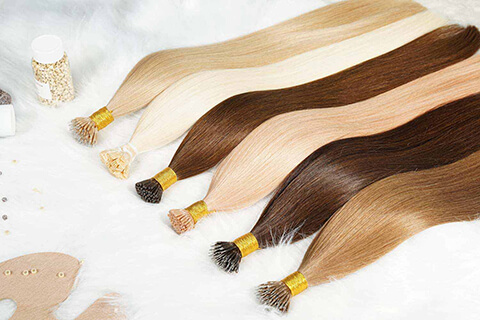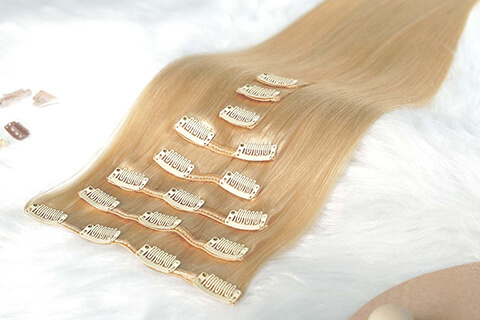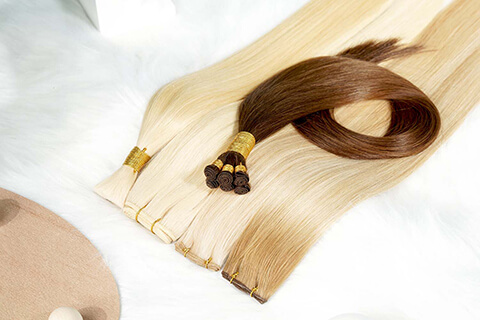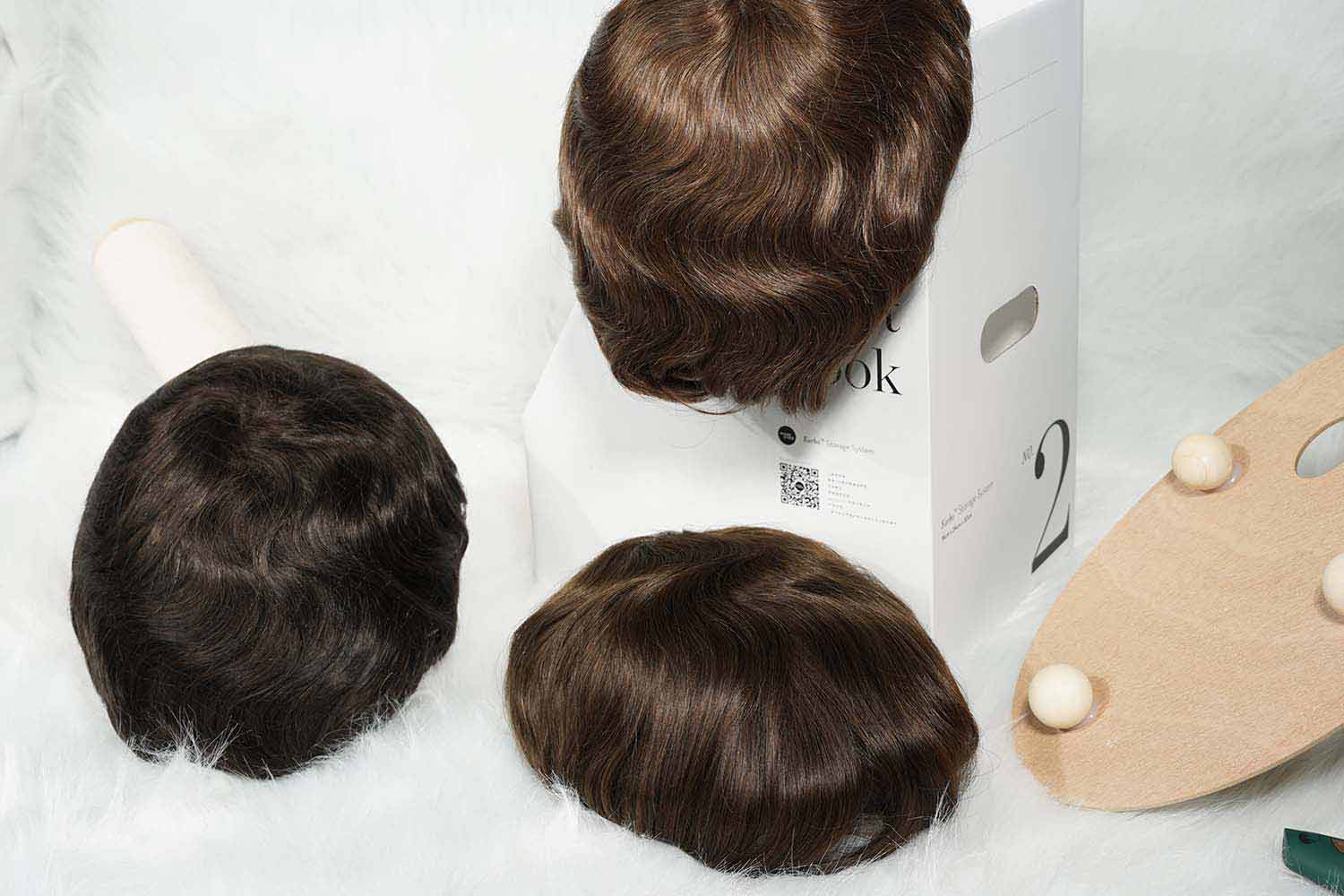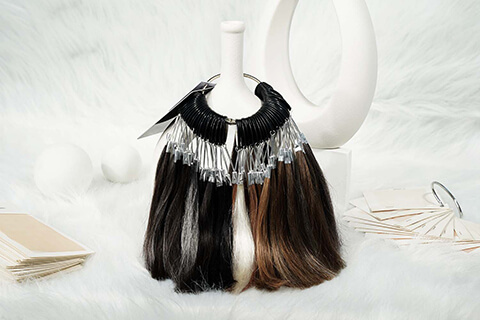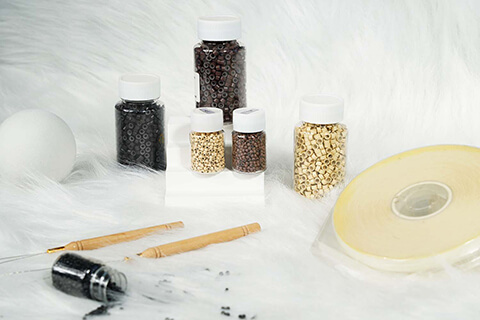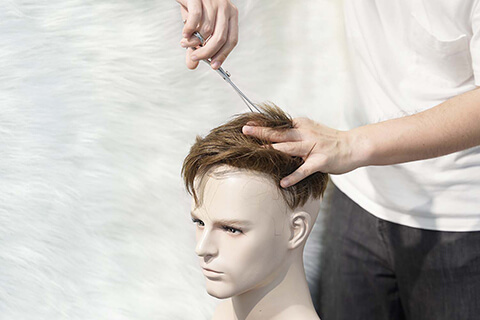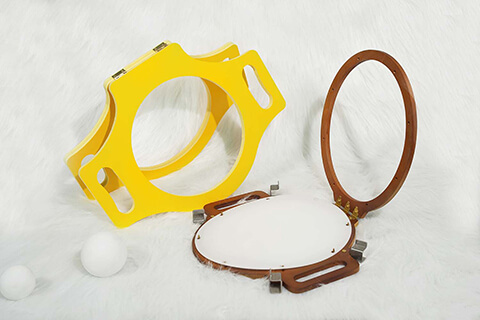Custom hair systems have the greatest advantage of fitting the end-users perfectly. This article will guide you on how to make custom men’s & women’s hair systems at Bono Hair factory.
Introduction
Yes, we have the world’s best stock hair systems with over 10 years of experience, development, and growth. We have perfected some masterful hair systems ready to purchase at your fingertips. But it’s less personal and less tailored to the wearer. However, good custom hair systems can fit the end-users better than stock hair units. Better color matching, perfect hair density, precise size fitting, etc. All these factors will create a more natural, invisible, and comfortable hair system, perfect for those with attention to detail.
Communication is key and should be well-established before ordering any custom hair system. It’s a standard between end-users, hair salons, wholesalers, and us, the manufacturer. The communication is like a closed ring, illustrated below. Any gap or misunderstanding may lead to a custom hair replacement done incorrectly.
There are several points of communication that occur during the process of manufacturing a custom toupee. Inevitably, sometimes unexpected issues arise, such as the wrong percentage of grey for the chosen grey hair and the color shade difference. So, we recommend a backup hair system is also ordered and prepared in advance. The benefit of having a spare hairpiece on hand for the end-users is that it reduces stress and provides better customer service.
Process of Toupee Making
Let us review the process of toupee making before looking further into the detailed information of ordering custom hair replacement systems. This should help you understand how to order a custom hair system and why we require a lot of information to avoid errors occurring as a manufacturer.
Hair Preparing
This part of the production treatment includes acid treatment, bleaching and dyeing, grading, color matching, and perming curls.
Both acid treatment and bleaching/dyeing, if used excessively and inadequately, can negatively impact the hair’s quality. Ensuring that the hair is processed correctly requires skill and experience. The level of acid treatment or bleaching&dyeing process depends on the hair type and finished color chosen.
Grading includes information regarding the final chosen finished hair length. During production, longer lengths are always produced than actual. For example, if the finished length is 6″, we will prepare hair of 10″ for production.
Color matching requires the details of the basic color, highlight color and percentage, highlight in dots or blended, grey hair or not, grey hair type, and grey hair percentage.
Any details missed or wrongly expressed may cause misunderstanding and finally a mistake in the production of the final hair system.
Base Making
The second part of the production process involves base size, shape, contour, base material, and base design. It is important that the right data is provided to ensure the highest possible quality hair system is available.
From the salon’s perspective, providing great customer service would include amongst other things, such as creating templates/molds of the clients’ scalp to ensure accuracy and precision.
Templates should be made before placing custom orders. A good template contains the data of base size, base shape, front contour shape, curvature of the toupee, different base materials, and location of each material if it’s a combination base, etc. We provide free consultations for you to meet your client’s needs.
Obviously, a custom hair replacement well done according to the above accurate data could fit the end-users better, with no bump, natural front hairline, and a good connection to the user’s growing hair.
Knotting
The third part of the production process involves ventilation methods chosen for the base material, which usually differs due to the characteristics of the base material and different parts of the toupee. As an experienced specialist in this industry, you could write down the ventilation you want on the order form. However, our clients usually just tell us the final effect and appearance they want, from this, as the specialist, we will provide an informative consultation in order to help you decide the right ventilation method to realize the final effect.
For example, something we may advise our clients to go for:
“A natural front hairline, fully covered edge, flat effect on temples and strong knots.”
(for more information about ventilation methods, check out this blog post previously published: Quality Hair Systems Use Quality Ventilation Methods.)
Bleaching Knots & Sealing Knots
The next part of the production process involves the Bleaching & Sealing of Knots. In terms of bleaching knots, this is only available for bases and sections of the base that use Mono or Lace. With this, there are pros and cons, good bleached knots make the knots invisible and natural, while bleaching could also cause partial damage to the hair root, shortening the lifespan to some extent.
Sealing knots is a standard process and does not need to be mentioned on the order form. All our high-quality hair systems will undergo this basic process to ensure strength and durability.
Styling & Quality Check
This is the final part of the production process, followed by a last quality check, depending on the hair direction and other details, including hair length, curl/wave, hair density, hair color, etc. If the data that is passed to our skilled toupee crafters is wrongly provided, it would be too late when coming to the final styling process.
For example, clients tend to choose the same density all over. However, the hair density of different areas of the hair should be different according to the direction in which the hair falls. For freestyle, we add around 5% density in the front of the crown area. But, for forward pomp, which means the hair is knotted to the front, but brushed back while styling, so 10% hair density will be added to the front area to make a perfect lifted effect.
All the wordy writing above is to show you the importance of providing correct and detailed information when placing a custom order.
How to Place a Custom Hair System?
Next…
1. Measure the width and length of the area the base will cover, draw the base design, and write down the front contour shape, A/AA/C/CC, etc. Please be aware that all the data should be provided in Inches, Cms or MMs. We mean you need to declare the accurate unit of measurement.
Regarding how to make a template for your clients, we will have an informative post regarding this topic soon.
Finished template examples are shown in the picture below.
2. It is highly advised to provide us with a sufficient amount of hair from your client so that we can make a perfect match of color, gradient, and vibrancy of the hair. This will provide a better experience for your client.
However, if this is not possible, an alternative solution is purchasing our Color Ring for your inventory of tools; this is very handy. Using the ring is easy; simply match the color and tell us the color code you want. Listing the highlight color percentage blended or in dots and color location on the hair system is important to avoid any mistakes in manufacturing.
If your client is balding or fully bald, this makes things much easier, just show him the ring and ask him to choose, and then he might decide to go for a completely new look. How exciting!
3. Fill out the other details on the order form. We have shown you our standard order form; if you prefer to send us your own order form, you can, but only if you provide all the information required. This is important, so perhaps making a checklist of information you need to gather would be helpful.
4. Provide a better service. Have you ever had a carpenter ask you for a screwdriver? Of course not. So, have all the necessary tools ready. Ordering tools can provide you and us with a lot of information, for example, the right hair destiny, curls, base materials, or even base design; this will allow you to give us your exact requirements. The most important point is that ordering tools can help establish a communication standard. For example, 120% of hair density may have a slightly different appearance among hair replacement manufacturers’ products.
We supply a full set of ordering tools that cover everything we need to be as accurate as possible with the information you provide.
5. If you still have any doubt about the quality of our custom-made hair systems, maybe you could consider buying a stock hair system first to check the quality. We provide our customers with the utmost assurance that we produce the world’s best hair systems through years of experience, masterly skilled handcrafters, and passion to make the world a better place by providing a product that changes lives.
Conclusion
It is a vital requirement that you provide us with as much information as possible with the minimum of providing everything requested on our order form shown above. Clear communication is key; we should understand not only the product you want us to create, but also the experience of the wearer and how they want to feel. Be resourceful and purchase your own ordering tools, which can help set up a standard of communication between you and us. If you’re sending us a hair sample for color matching, ensure it’s not too small of an amount. Lastly, a good template will help a custom-made hair system fit the wearer better.
We hope you enjoyed this blog post and learned how to successfully and efficiently place orders for custom hair systems; it’s not as simple as some think, but the best things are never simple.
